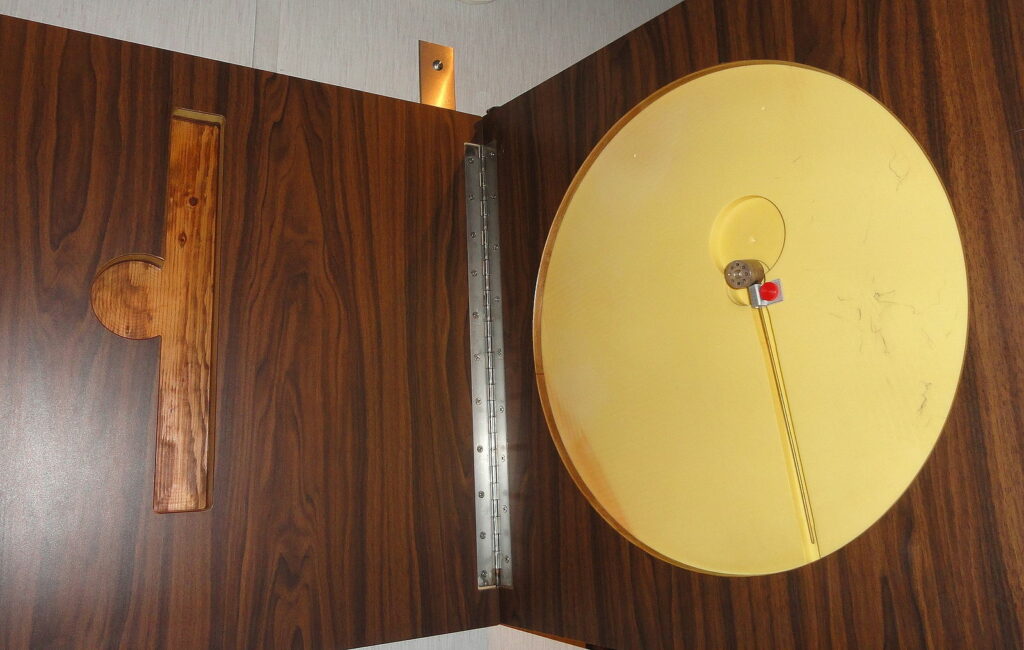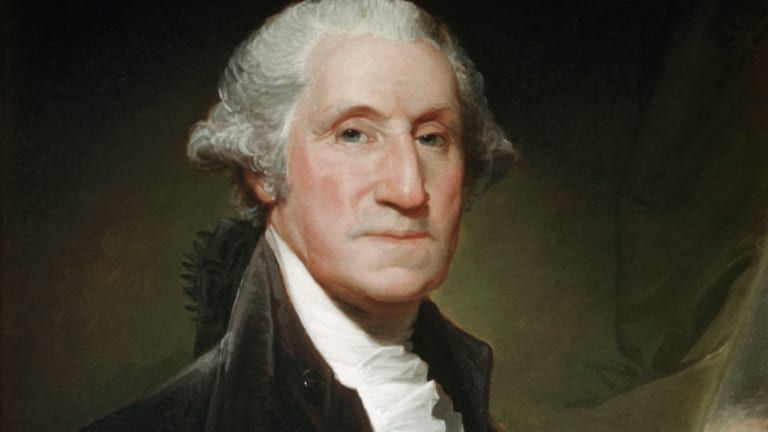In the shadowy world of international espionage, few incidents have captured the public imagination quite like the Compromise of the Great Seal.
What ensued was a high-stakes spying scandal featuring covert operations, international diplomacy, and technological innovation. The “Thing” has captivated those who have learned about it ever since.
The Soviet Union’s brazen planting of a bug in the office of United States Ambassador, Averell Harriman triggered a long series of events. What followed was years of intelligence gathering. The story of the Great Seal Bug is a remarkable one, full of espionage, discovery, and international intrigue.
The incident didn’t just expose the vulnerability of the most secure government agencies – it also sparked an era of increasingly tense relations between the superpowers. It also instigated a race for more sophisticated surveillance that continues to this day.

The Soviets Plant the Great Seal Bug
In 1945, fresh off a victory over the Germans in World War II, the United States and the Soviet Union were allies – on paper.
Despite their alliance in defeating Nazi Germany, their relationship was already growing stiff and chilly. This foreshadowed the events and politics of the Cold War that would emerge in the coming years. Still, the two superpowers were close enough for some celebratory gift-giving.
On August 4, 1945, a Soviet delegation from the Young Pioneer Organization presented a replica carving of the Great Seal of the United States to Ambassador Averell Harriman. This was seen as a gesture of friendship between the two nations.
Unbeknownst to the Americans, the carving contained a sophisticated listening device – a bug – powered and activated by a strong radio signal from the outside. The ingenious design gave it a virtually unlimited life and provided the Soviets with valuable intelligence.
The bug went completely undetected. The carving was hung in the ambassador’s residence, the Spaspo House, and featured prominently in his study. It would remain there for seven years.
How the “Thing” Worked
The “Thing,” as it came to be referred to, was a listening device designed by Soviet inventor Leon Theremin. It was a novel, ingenious invention, known as a resonant cavity microphone.
Although the technology for spying and listening was developing rapidly at the time, nothing had ever been devised like it before. Notably, it did not have its own power supply, batteries, wires, or any active electronic components that may have led to its discovery.
With no wires or batteries, intelligence agents did not suspect a thing. Hence, why it failed to be caught right immediately.
Instead, the passive device was activated by a radio signal of the correct frequency from outside. This was usually done by a car parked on the street. This illuminated it and allowed it to send sound waves detected in the room to an external transmitter.
The Great Seal Bug consisted of little more than a tiny capacitive membrane connected to a small antenna affixed to a cavity. This allowed it to function as a microphone.
The design of the device gave it a potentially unlimited operational life. Its clever engineering made it extremely difficult to detect. Nonetheless, it would be discovered eventually.
The U.S. Discovers the Bug
The initial discovery of the “Thing” in the Great Seal began with an accident.
In 1951, a British radio operator was scanning Russian radio traffic when, oddly enough, he heard the voice of the British Air Attaché in conversation with the American embassy, loud and clear.
The Soviets were activating the bug to listen in, and now, evidently, so was the British operator. This happened again months later, in 1952. This prompted a sweep of the premises by the State Department and intelligence agencies. This is when they discovered the bug.
Now, the Americans had options: go public immediately or keep this valuable discovery a secret. They chose the latter.
The Truman Administration gained crucial time to investigate and learn from the device. They also recognized the potential leverage it could provide in a difficult diplomatic situation.
Diplomatic Fallout
On May 1st, 1960, the USSR shot down an American U-2 pilot as he performed an aerial reconnaissance mission over Soviet territory.
The diplomatic fallout involving the U-2 incident was significant and tensions ran high. The Soviet Union convened a meeting of the United Nations Security Council to denounce the US’s spying operations. The Americans found themselves in hot water. But they had revelations of their own.
On the fourth day of meetings, the Americans countered. The U.S. ambassador, Henry Cabot Lodge Jr., presented the discovery of the bugging device in the Great Seal. He detailed to the officials how the device functioned, and how it was discovered in the office of Ambassador Averell Harriman.
Displaying the Soviet bugging device before the Security Council provided important and timely, proof that they were also spying on the US. This evidence effectively wrecked the Soviets’ denunciation of the United States for its U-2 espionage missions.
As the Truman Administration predicted, the debacle proved to be an opportune time for the U.S. government to reveal the Russian bugging device. This demonstrated that the spying between the two nations was mutual.
However, it did little to help repair relations between the two superpowers. By then, the Cold War was raging on. It dominated global politics. The rift between the US and the Soviet Union deepened.
Lasting Impact on the History of Espionage
International espionage and the Cold War were never the same after the ordeal.
The revelation that the Soviets placed a listening device inside a gift presented to the US ambassador highlighted the extent to which both nations were willing to go in their pursuit of intelligence and gaining the upper hand.
Additionally, it further eroded any trust that still existed between the two great powers. It only added fuel to the fire of an already tense Cold War era.
The use of high-tech listening devices like the “Thing” also marked the beginning of a new technological era in intelligence gathering. These methods became increasingly sophisticated over the next few decades.
The Great Seal Bug incident remains proof of the lengths to which countries will go in their pursuit of information. It forever changed the world of espionage and diplomacy.
References
“Compromise of the Great Seal.” Central Intelligence Agency, Central Intelligence Agency, 26 May 2020, https://www.cia.gov/stories/story/compromise-of-the-great-seal/.
“The Great Seal Bug – Part 1.” Murray Associates TSCM, 14 Feb. 2023, https://counterespionage.com/great-seal-bug-part-1/.
“The Great Seal Bug.” The Thing, Crypto Museum, https://www.cryptomuseum.com/covert/bugs/thing/index.htm.
Harford, Tim. “The Cold War Spy Technology Which We All Use.” BBC News, BBC, 20 Aug. 2019, https://www.bbc.com/news/business-48859331.

